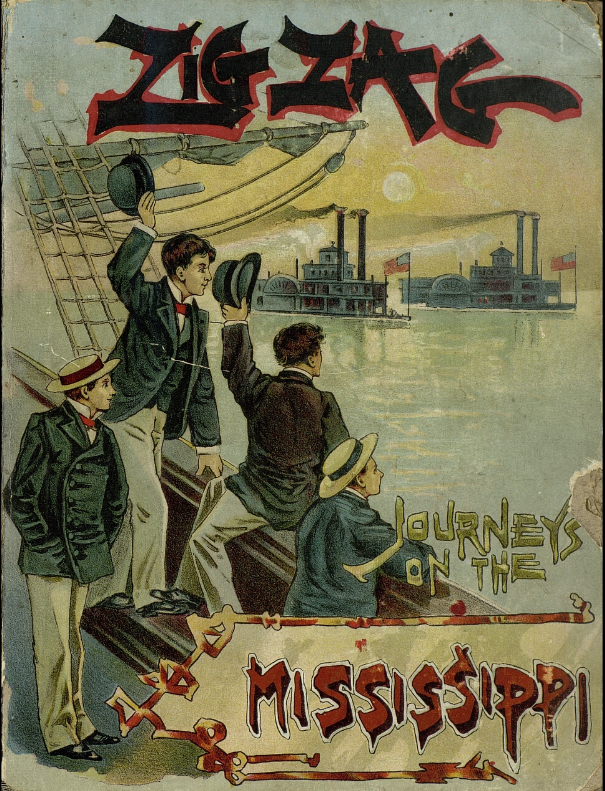Kate Shackleton #1
★ ★ ★
Circa 1919: Kate Shackleton, former VAD (Voluntary Aid Detachment) nurse has been working for free helping friends, friends of friends, friends of family et. al. solve mysteries & find missing loved ones.
Her former VAD friend, Tabitha Braithwaite, is soon to wed and has hired Kate to find her father before the wedding.
Joshua Braithwaite, owner of a large textile plant, was last seen running away from the local hospital, where he was remanded for the crime of "allegedly" trying to commit suicide.
There are a few people who do not want him found, there are a few who might stand to profit from his disappearance, there are a few who stand to lose if he is found (alive)....
The family all have their motives, as do a few of the mill workers.....
I found this to be not only an interesting story & mystery but also the information on mills, textiles, weaving & dye making was informative.
 A Medal for Murder, Frances Brody
A Medal for Murder, Frances Brody Kate Shackleton #2
★ ★ ★
Kate & Sykes have been hired by Mr. Moody, a most discreet pawn broker, after being robbed. He requests that they go to his clients and explain the loss and the circumstances of restitution should their valuables not be recovered.
While Kate is in Harrogate attempting to locate one of Mr. Moody's clients (who has given a false name , de Vries, and address) she stays to go to the theater.... After the play a man (Milner) is found dead of a knife wound, the young woman he planned to marry (Lucy) goes missing as does the young woman (Alison) she supposedly spent the night with, and a ransom note for Lucy shows up. In order to avoid going to the police Lucy's grandfather asks Kate to step in.
As Kate investigates: Lucy's grandfather is not who he appears to be; Milner turns out as a blackmailer & womanizer; Alison is hiding out; Mrs DeVries is right under Kate's nose; Kate's "friend" has sticky fingers; one of the Grandfather's tenants has a secret past & habitually eavesdrops on the old man's conversations.
Part of the background story goes back to the Boer War and the egregious actions of the British Military & their concentration camps, which intercepted the reading of the book's current events. The other part of the background story involves the aforementioned, Lucy's grandfather & Lucy's "inheritance" (which she demands to be given in order to attend a London based drama academy).
There was a lot going on in this book, all tied up neatly in the end. The characters were realistic and not unlikable.
 Death of an Avid Reader, Frances Brody
Death of an Avid Reader, Frances BrodyKate Shackleton #6
★ ★ ★
I'm not quite sure how the author fit the pieces together..... This read like two different mysteries up until almost the end of the book.
Kate Shackleton, a former VAD nurse, is now a detective and Kate is asked by a well known society matron to find her illegitimate daughter that she gave up for adoption upon the child's birth. All the woman can tell Kate is the child's name and that the adoptive parents were fishmongers related to the "nanny"...
Somehow, Kate becomes involved with a stowaway monkey and a double murder at the library where she is doing research... where a dismissed employee is maybe or maybe not the missing adopted daughter.....
There were a lot of threads & possibilities, which were neatly bundled & tied up at the end.
This is not a great mystery by any means, and I liked the one I read before this better..... But, I am going backwards to read the first several in the series.
 Murder on a Summer's Day, Frances Brody
Murder on a Summer's Day, Frances BrodyKate Shackleton #5
★ ★ ★
1920: A young Maharajah Prince is visiting a stately country home for grouse season, his soon to be red-headed actress wife (from simple folk) is hidden away in a near by hotel until the astrologer can come up w/ an auspicious date for the nuptials.
After the young Prince goes out & kills the legendary local white doe he disappears and the English politicos send in Kate Shackleton (their secret sleuth) to find him.
While searching for the Prince one of the young men who was his guide is found dead in the river at a point where he would often jump across.... The father of the other guide (a young man of "simple" ways) has a stroke, and Kate finds the Prince in the place where he shot the doe, dead, shot in the chest & covered with branches.

 Little Free Library
Little Free Library According to a
According to a  So, what do 50,000 Little Free Libraries mean for the rest of us? (Besides a healthy shot of literary adorableness?) Here are a few of the benefits:
So, what do 50,000 Little Free Libraries mean for the rest of us? (Besides a healthy shot of literary adorableness?) Here are a few of the benefits:



















